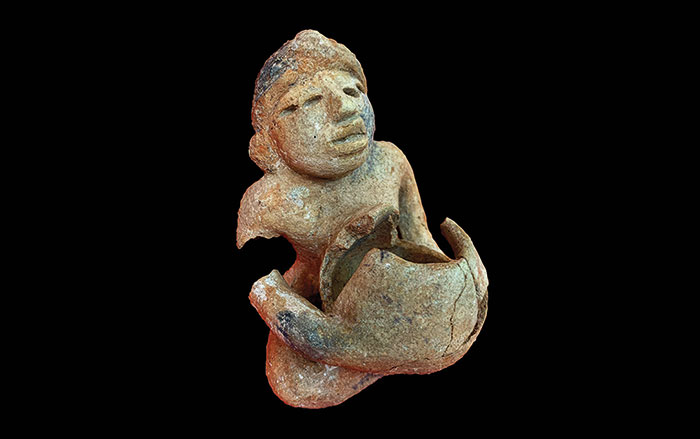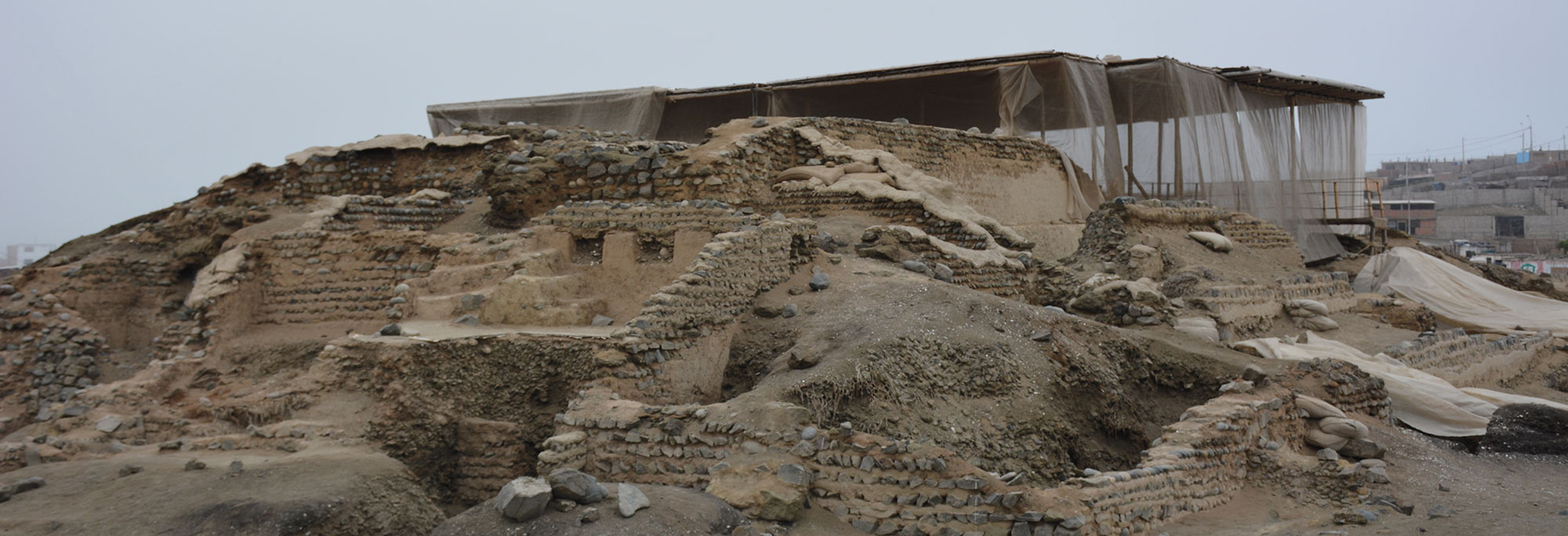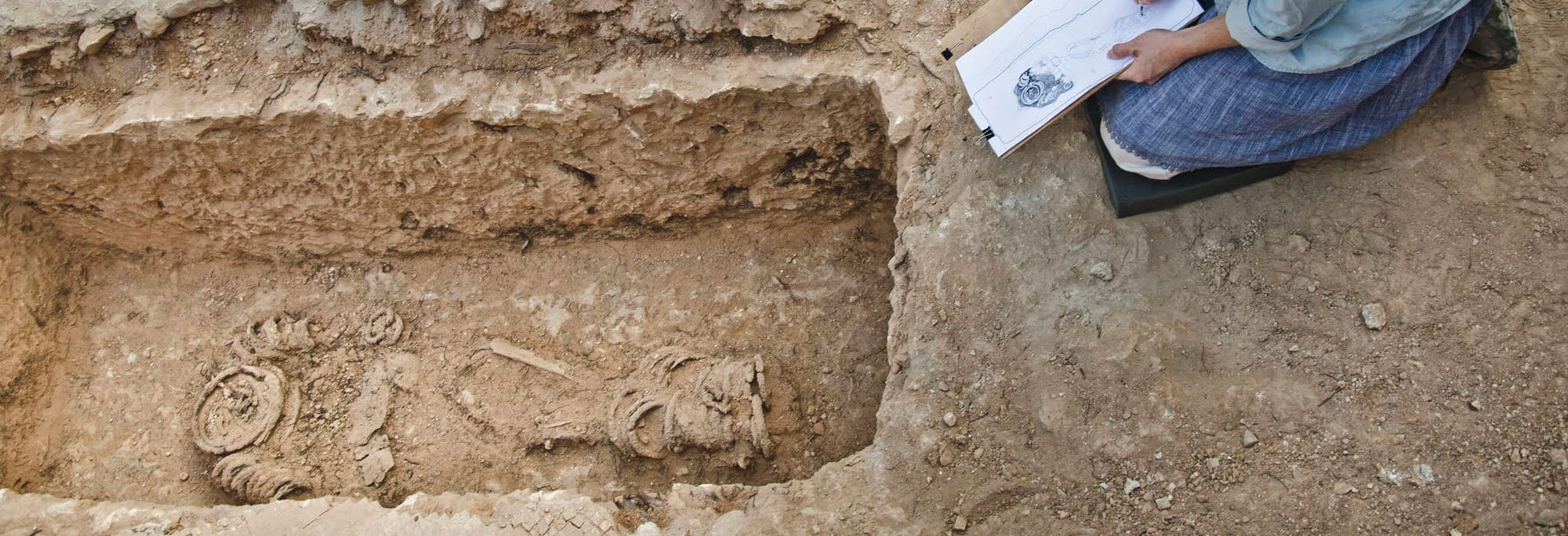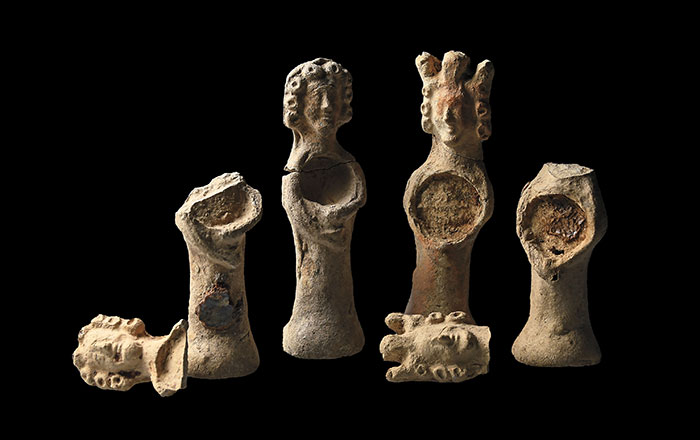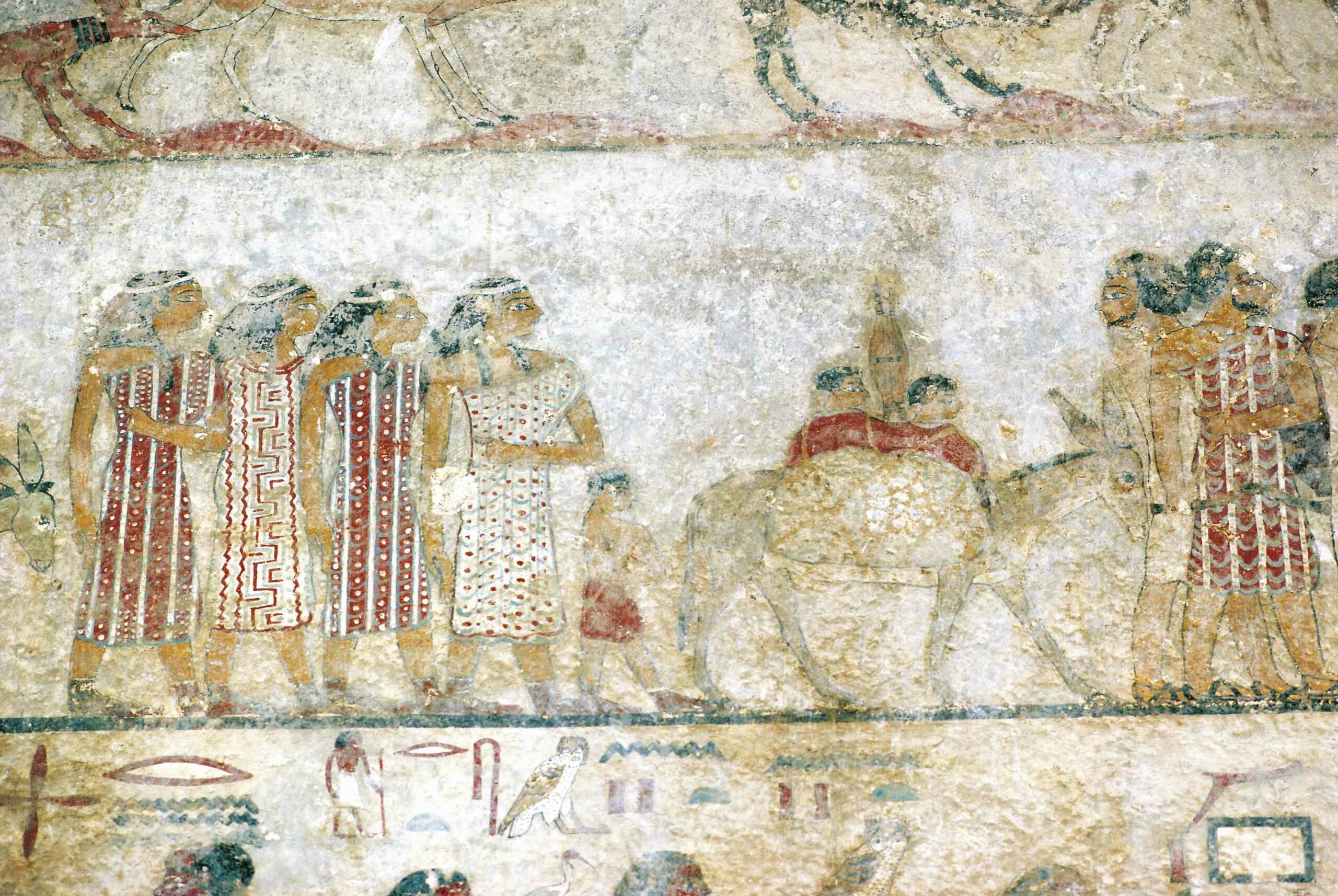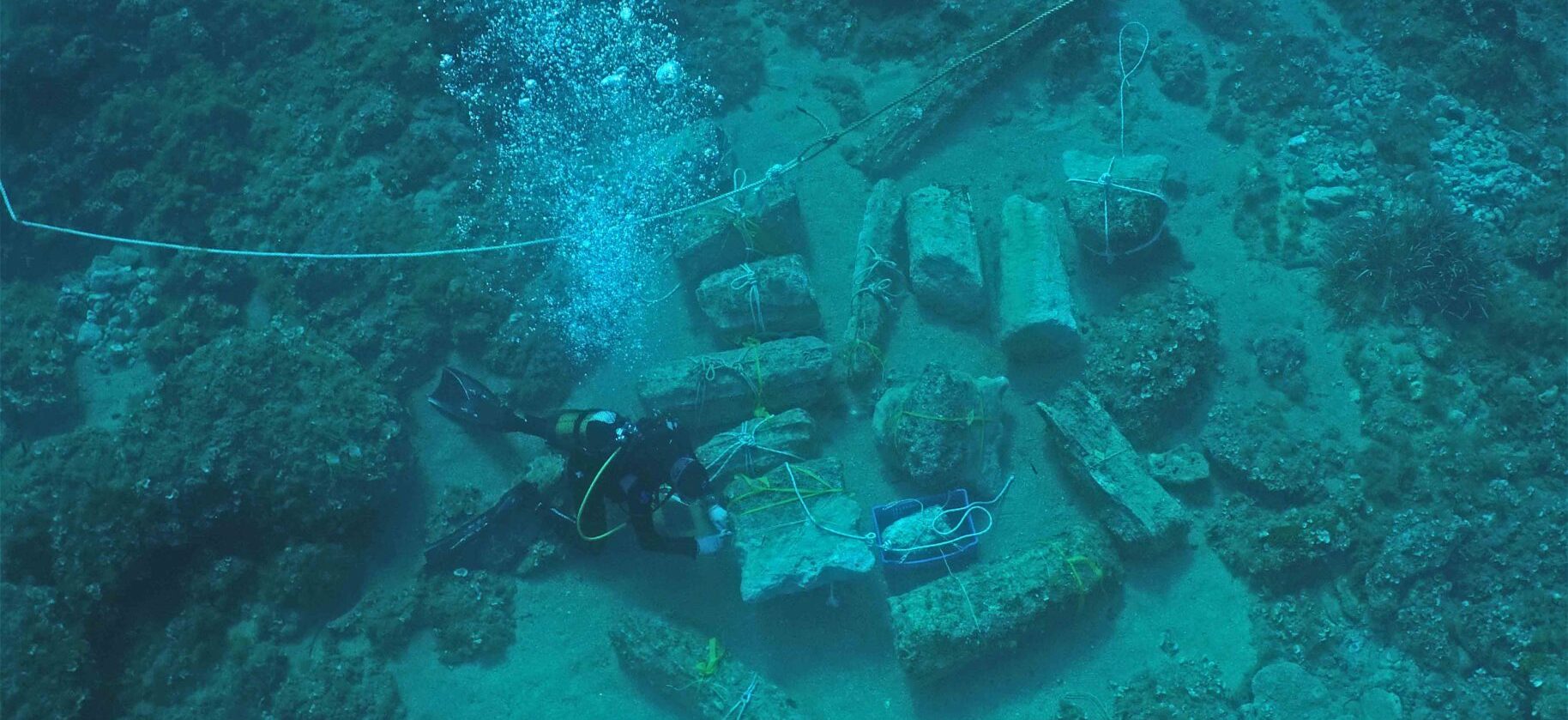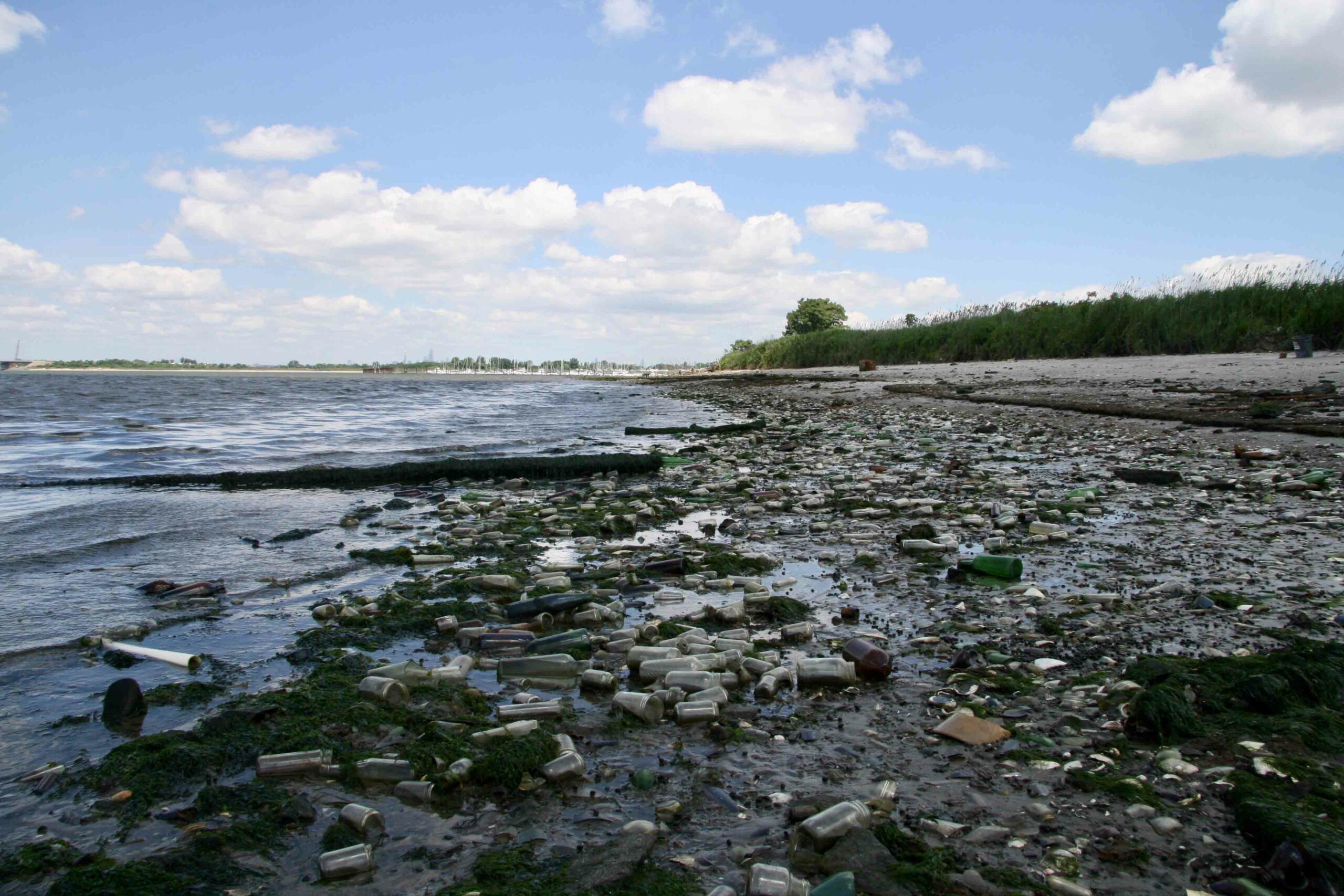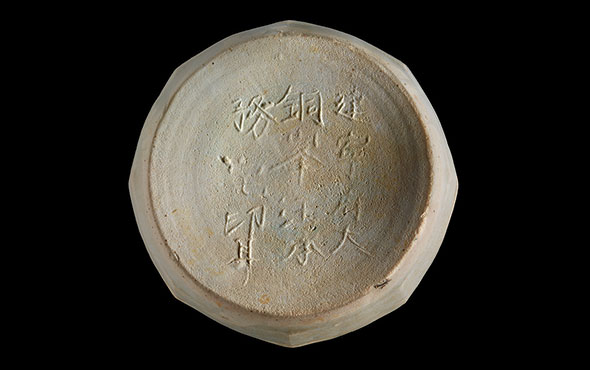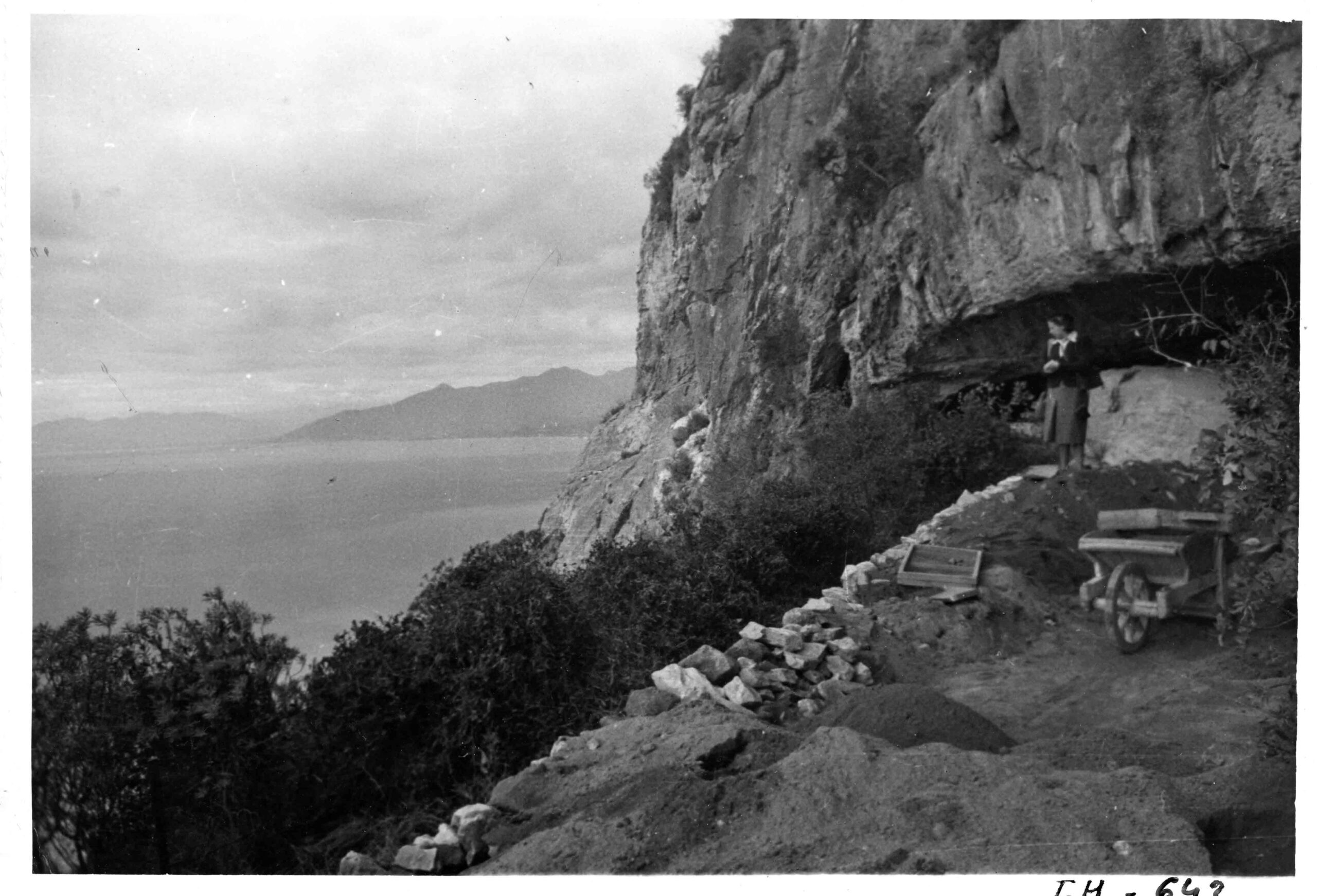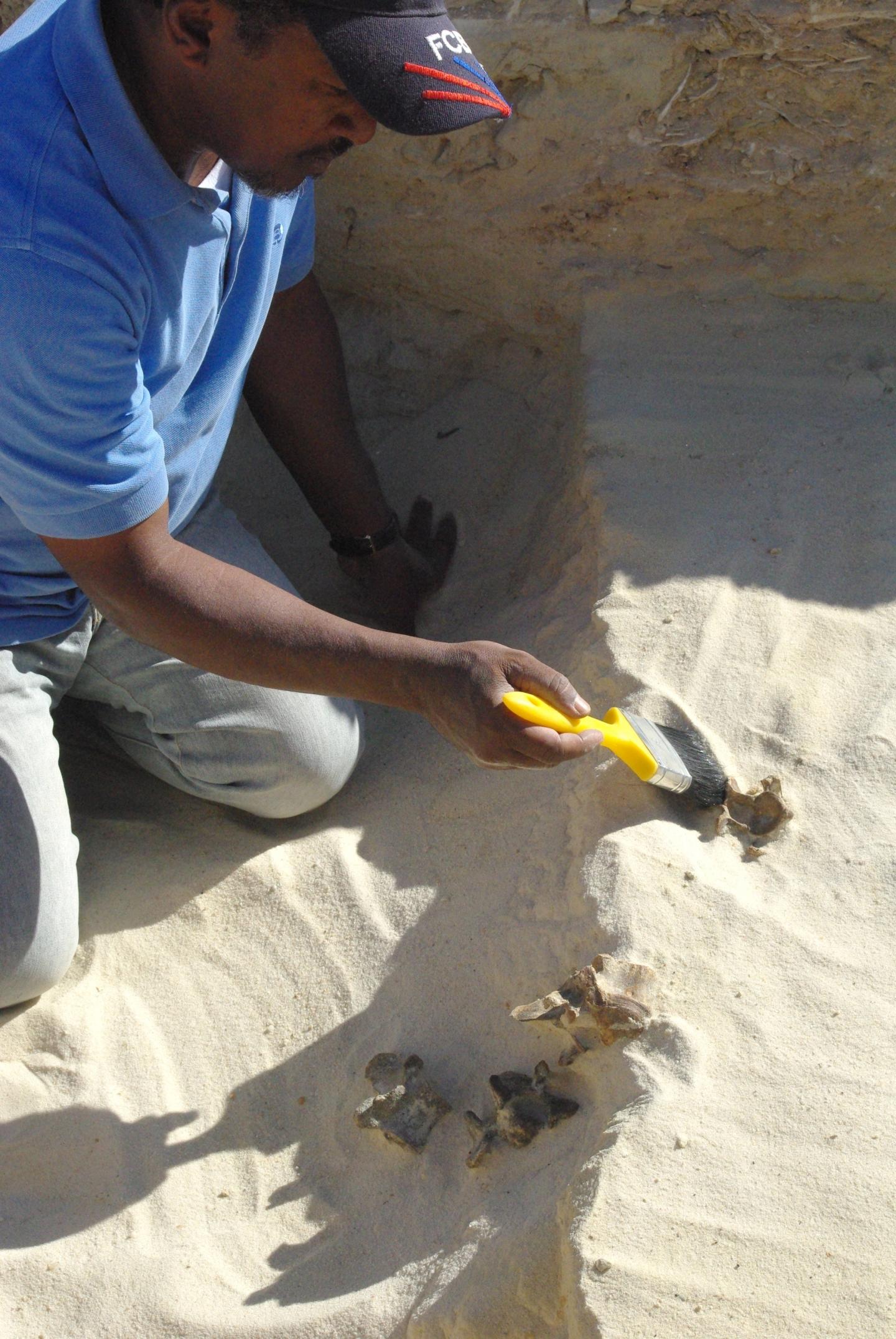
JENA, GERMANY—According to a Science News report, stone tools and fossils of antelopes, elephants, and other animals have been uncovered at Saudi Arabia’s arid Ti’s al Ghadah site, suggesting that the region was capable of supporting life between 500,000 and 300,000 years ago. Patrick Roberts of the Max Planck Institute for the Science of Human History and his colleagues analyzed carbon and oxygen isotopes in the animals’ teeth, and found evidence that the environment was similar to a savanna, since the animals likely ate grasses and drank water from sources fed by rainfall. And, possible butchery marks have been found on two of the animal fossils. The researchers therefore suggest early humans would not have had to adapt to harsh conditions in order to cross the Arabian Peninsula after leaving Africa. For more on archaeology of the Arabian Peninsula, go to “Hot Property.”


